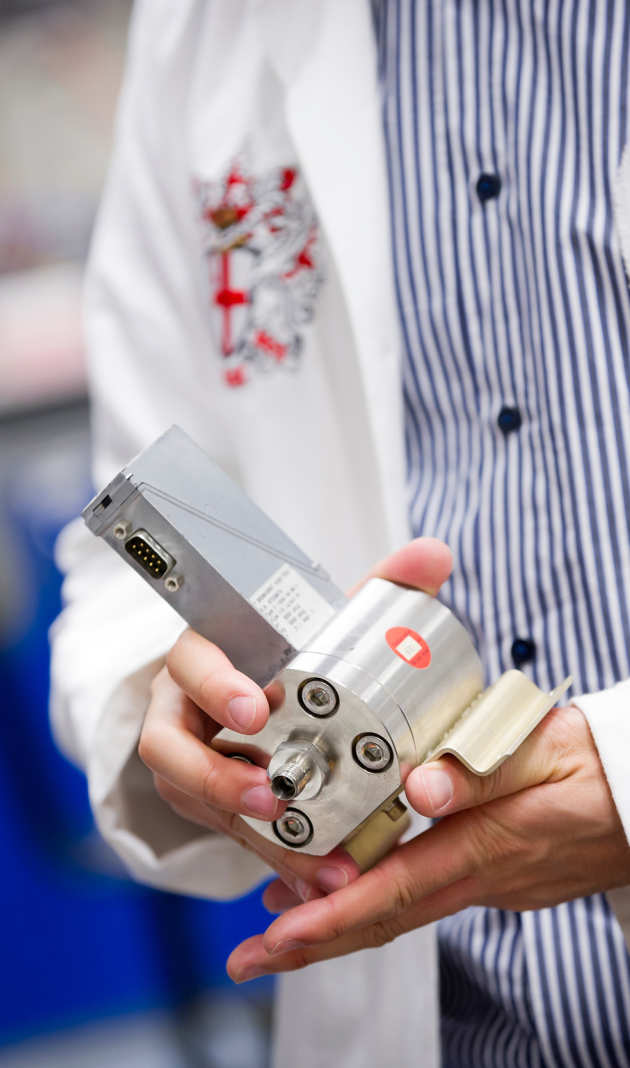Monitoring batteries once installed in electric vehicles can be difficult but researchers at Imperial College London may have a solution.
Electric vehicles are already moving on to, and around, our streets but they are still only 1% of vehicle sales in the UK. One area holding them back is unreliability and uncertainty around the lifetime of the most popular kind of batteries in cars, Lithium-Ion batteries (LIB).
 LIBs are leagues ahead of commercially available rivals in regards to high energy densities, they just hold more power in a smaller physical space. They are also quite well understood as they’ve been used since the early 90s. The problem is that for most devices it can be cheaper to just replace a defective battery so diagnostic techniques are not very refined. For electric cars though this is not a solution as an LIB for a car can cost upwards of £10,000.
LIBs are leagues ahead of commercially available rivals in regards to high energy densities, they just hold more power in a smaller physical space. They are also quite well understood as they’ve been used since the early 90s. The problem is that for most devices it can be cheaper to just replace a defective battery so diagnostic techniques are not very refined. For electric cars though this is not a solution as an LIB for a car can cost upwards of £10,000.
Throwing away and replacing what is essentially a £10,000 gas tank is not practical. “We’ve been using and looking at batteries for a long time now and usually LIBs just work, usually being the key word” says Dr Billy Wu, from the Dyson School of Design Engineering, who has been working on the problem, “when they don’t we can’t always work out why and it has been a major hurdle for us, we need to see inside the battery.”
And that is normally what they do, break open the battery and run some tests and investigate what has happened. Afterwards, however, this means they don’t have a battery anymore. For the team this wasn’t good enough so they began looking around at other solutions or ways of trying to diagnose any issues non-destructively.
Commonly used, non-destructive, solutions have two main problems of not being easy and affecting the batteries behaviour. This is fine for prototypes and things that are just a proof of concept but not much use as solution in a commercial setting. The team need to come at this from another angle.
The team know many of the reasons for a dead or dying battery, they also know how this can be measured when you take a battery apart. Now they just needed to see what properties of a battery can tell them the same thing without destroying it.
In the end it was just two simple measurements that prevailed. “I think we were all a bit surprised when it turned out that measuring the voltage of a battery and its temperature were all we had to do,” explains Dr Wu, “traditionally, we’ve had to use very expensive equipment in the lab but we can now find out the same information (and more) about how the battery is degrading from this low cost solution.”
The team are now developing this technique further with the aim of creating smarter battery management systems which increase the lifetime of the costly LIBs. This is all around the theme of linking the fundamental science with the engineering application and creating tools which are useful for major automotive companies trying to make electric vehicles a reality.
 Featured researcher: Dr Billy Wu, Dyson School of Design Engineering
Featured researcher: Dr Billy Wu, Dyson School of Design Engineering
Featured paper: Differential thermal voltammetry for tracking of degradation in lithium-ion batteries
Journal: Journal of Power Sources
DOI: 10.1016/j.jpowsour.2014.09.127
You can find other energy research case studies from the Dyson School of Design Engineering, our Low Carbon Transport research theme or our Electric and hybrid vehicle research network.
Our case studies
By theme
Clean fossil fuels
Energy infrastructure
Low carbon transport
Policy and innovation
Sustainable power